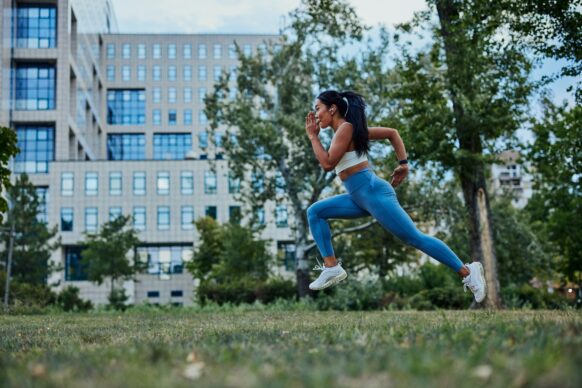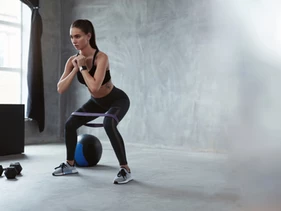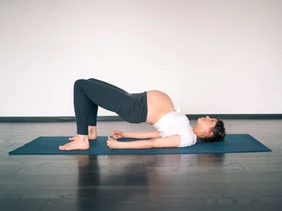by Adelle Smener, DPT
Whether you’re currently rehabbing following a surgery or in PT for a non-surgical issue, such as tendonitis, a muscle strain or ligament sprain, Blood Flow Restriction may be applied to you!
Once you are cleared or able to activate muscles through active range of motion, the real fun can begin. BFR can be implemented with almost ANY exercise for the upper or lower body, regardless of the proximity of the targeted area to the cuff. This allows you to get more bang for your buck with your basic “rehab” exercises, such as a leg extension, shoulder external rotation, calf raise or even wrist extensions.

The strength-endurance continuum hypothesis dictates that increases in muscle strength and mass are dependent upon proper resistance training (RT) load manipulation. As previously discussed in The Basics of BFR, high-load resistance training requires loads of > 65% 1RM. However, if you are load-compromised, squatting 275lbs may not seem like a realistic option for you. But how about a bodyweight squat? Maybe so. Unfortunately, squatting your own body weight is likely nowhere near your 65% 1RM. Luckily for you, recent data suggests that low-load resistance training with BFR is comparable to high-load resistance training and superior to low-load resistance training without BFR regarding increases in muscle strength and mass.
However, this requires the individual to perform said exercise to near failure. The traditional BFR paradigm indicates that you should be lifting 20-40% 1RM for 75 reps. These 75 reps are broken down into 4 sets: 30, 15, 15, 15. More recently though, researchers have found that the rep scheme is not necessarily set in stone, as long as we’re pushing ourselves to fatigue with BFR training. In other words, if you can do 75 of anything without BFR, chances are you’re not promoting muscle strength – rather muscle endurance. So next time you blow through your strengthening in PT, make sure to load it up or cuff up!
You might be thinking to yourself, well how am I going to do 75 squats when I can’t even do one without pain? Hughes 2019 found that BFR training can actually help with pain modulation through several hypoalgesic pathways. Check out this infographic for more info on how it does that!

And if not, BFR can be used to strengthen the muscles involved in squats (ie. quads and glutes) in isolation to help you progress towards performing them pain-free!
Let’s wrap up this series with a few BFR key points:
- BFR makes you stronger with less load
- BFR can be used for upper or lower body injuries
- BFR has research and benefits in almost all populations
Ask your physical therapist if BFR is right for you!




